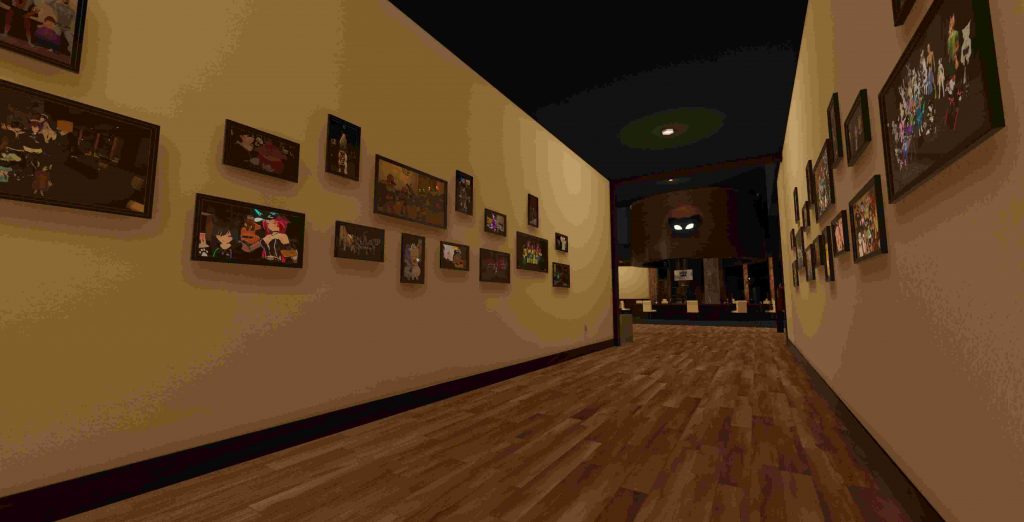How Virtual Reality Is Changing Health Care
Virtual reality has the power to change a lot of industries, but it’s having an especially large impact on the world of health care. Doctors across the spectrum of health services have used VR to improve their practices and the quality of care their patients receive. Here are a few ways VR has been changing health care.

Training
One of the most prominent ways VR is helping health care improve is in the training offered to doctors, nurses, and specialists. Surgeons especially benefit from VR training: It offers them a chance to practice their surgical methods and skills in an environment that poses no risk to patients. Doctors are getting experience that’s true to life without the pressure that comes with knowing that beginner mistakes will affect a real person. This allows surgeons to enter the field more prepared than ever. A Harvard Business Review study showed that surgeons’ skills improved massively after VR training.
Empathy
VR is meant to immerse the user in new experiences, so it makes complete sense that it can let users step into situations that are new to them to increase empathy. Some hospital staff have been offered VR simulations of extreme situations and conditions that patients live in so that those treating them can have a deeper understanding of what patients are going through than they would get simply from learning in a classroom. And with VR, doctors who treat people with dementia can see the world through their eyes. It has also been used to simulate what it’s like to be the caregiver for someone with Parkinson’s or other debilitating illnesses.
Education
Just as medical staff do, patients often need medical information and education. VR can help patients get a better understanding of diseases and injuries they or their loved ones experience. VR apps can demonstrate how ailments affect the body and how the best treatment methods work. Virtual reality programs have been used to teach patients more about nutrition and the effects that different diets have on the body, and cardio exercise programs in VR offer a fun way to help people get in shape.
Recovery and Physical Therapy
VR also works great in a physical therapy session. It offers engaging new ways to get patients to exercise during recovery while being monitored for potential risks and mapping their progress.
To fully leverage these technological advancements, partnering with a healthcare app development company can help create innovative digital solutions that enhance patient care and streamline medical processes.
Some programs have even used machine learning to tailor treatment to each specific patient’s needs.
As technology improves and headsets become more and more affordable, VR is sure to impact the medical field even more profoundly, giving us all a better experience with health care.